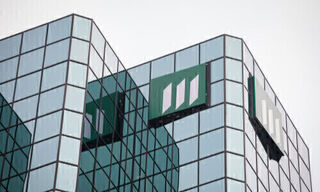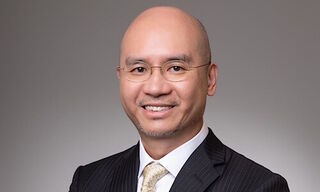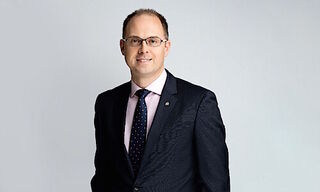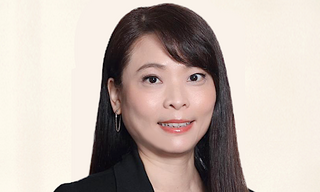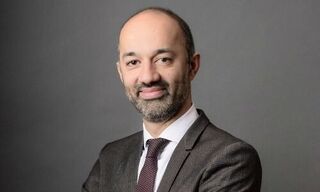Bank of Singapore's clients are pursuing even more untraditional paper fuelled in part by equity risk aversion despite a strong year for the asset class, the bank’s global head of products Marc Van de Walle told finews.asia.
«Although equity markets have performed quite well this year – it is not an asset class that is very loved by our clients,» Van de Walle said in a conversation with finews.asia. «On the other hand, the hunt for yield continues and clients are moving into fixed income. Some fixed income ideas we have been advising on include short duration bonds, cash-plus money market funds and other paper that is hard to access directly.»
Equity markets generated a weak 2018 with the MSCI World posting -8.2 percent performance but has delivered a strong rebound year-to-date at 18.5 percent. In comparison, the Bloomberg Barclays Global Aggregate index posted nearly 8 percent returns year-to-date.
Private Debt
Fixed income demand at Bank of Singapore has extended to private markets with interest in debt products with a shorter lifespan. Compared to the traditional 10-year vehicles, the bank observes inflows to those with a lifespan of four to six years.
«[These products are] appealing to clients because money is being put to work,» he highlighted, noting more rapid investing and much earlier capital calls as key differentiators.
According to Van de Walle, private debt vehicles delivered net low-teen yields with exposure to diversified sectors, mainly in the U.S. and Europe.
R.I.P. Bull?
Earlier this year, the S&P 500 celebrated the 10-year anniversary of its bull market, marking the longest run in history. Despite what appears to be another strong year in 2019, there are clear signals of its imminent demise nearing including continued central bank easing, geopolitical unrest and escalating tensions between major powers beyond just China and the U.S.
«We keep questioning when the rally will end but bull markets don’t die of old age. They die because there is a global shock to the economy or policy mistake, mostly from central banks, which doesn’t represent our base scenario,» Van de Walle said. «Obviously, there are concerns about trade and political stability, so we adopt a prudent stance in our asset allocation with cash levels higher than usual, but we advocate to remain invested in core portfolios.»
Where the Bank of Singapore sees some concentration risk is from exposure to the financial sector, particularly from CoCos and AT1 securities. The bank is actively advising clients to diversify out of such holdings as a flat yield curve will create a difficult environment for lenders.






















